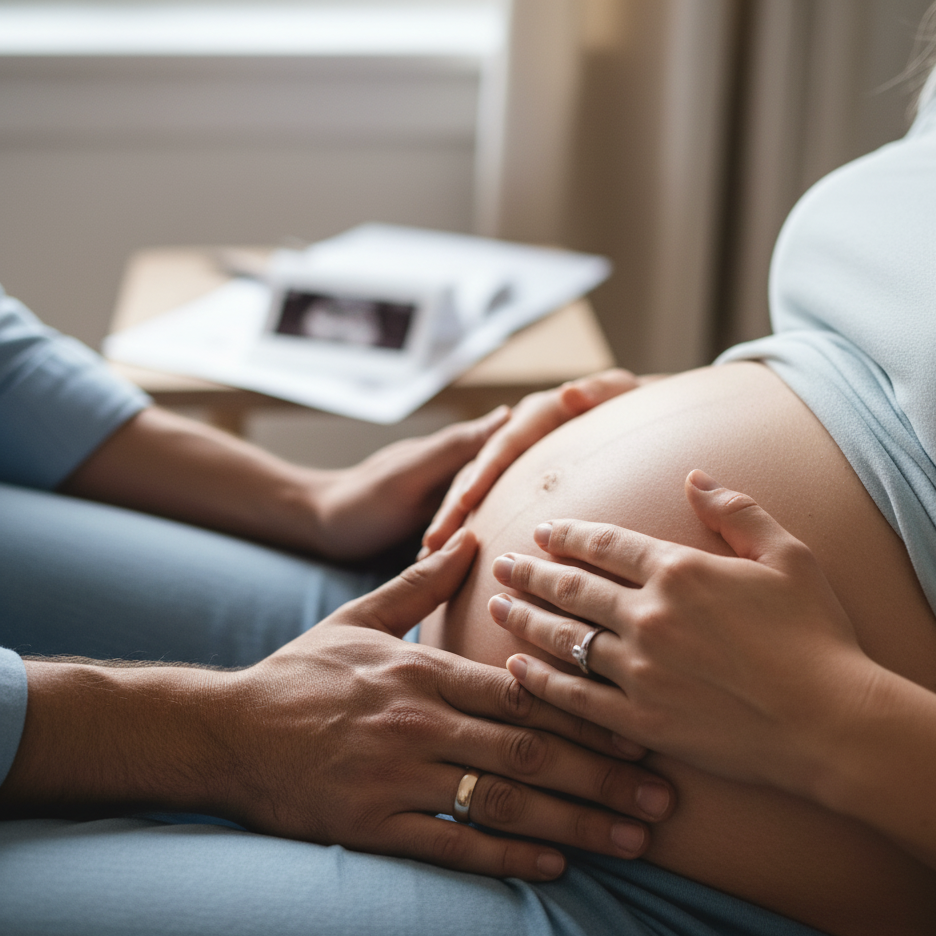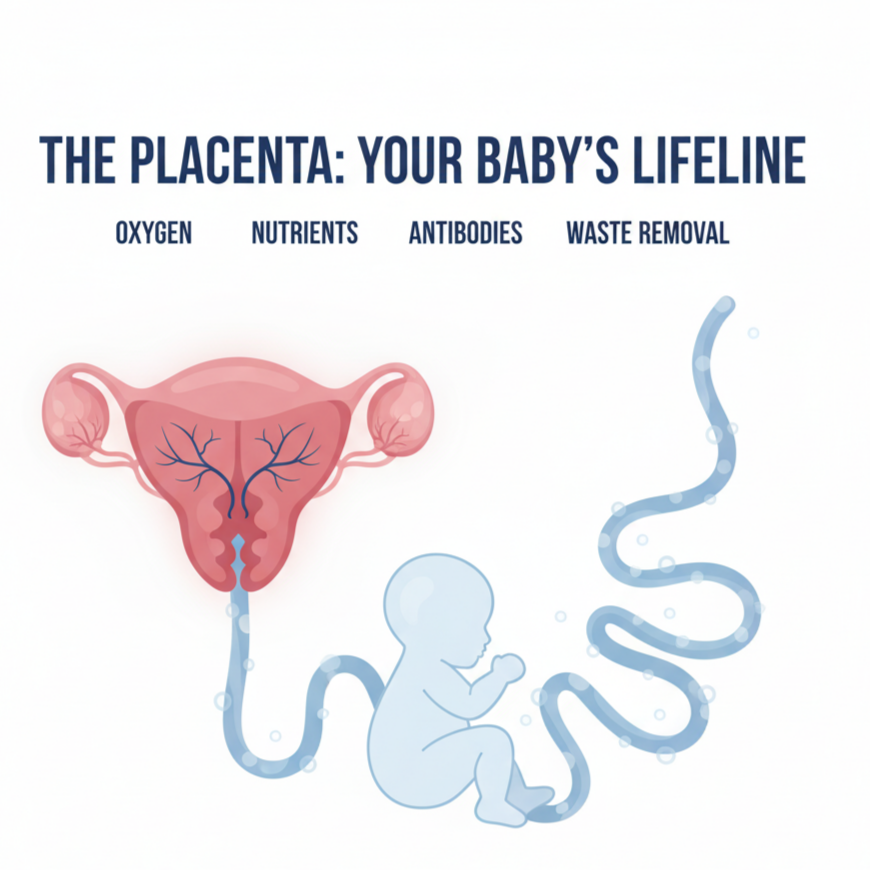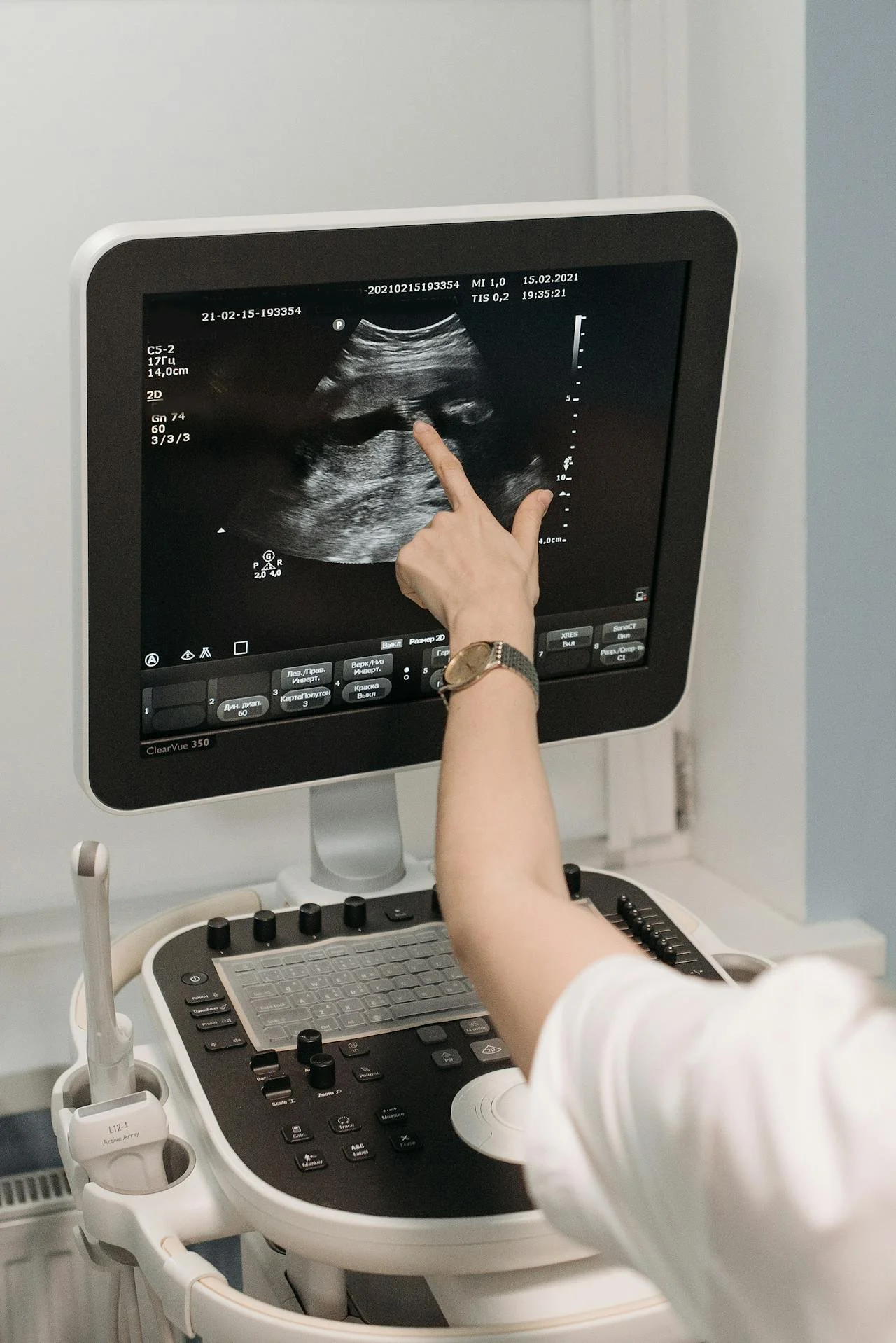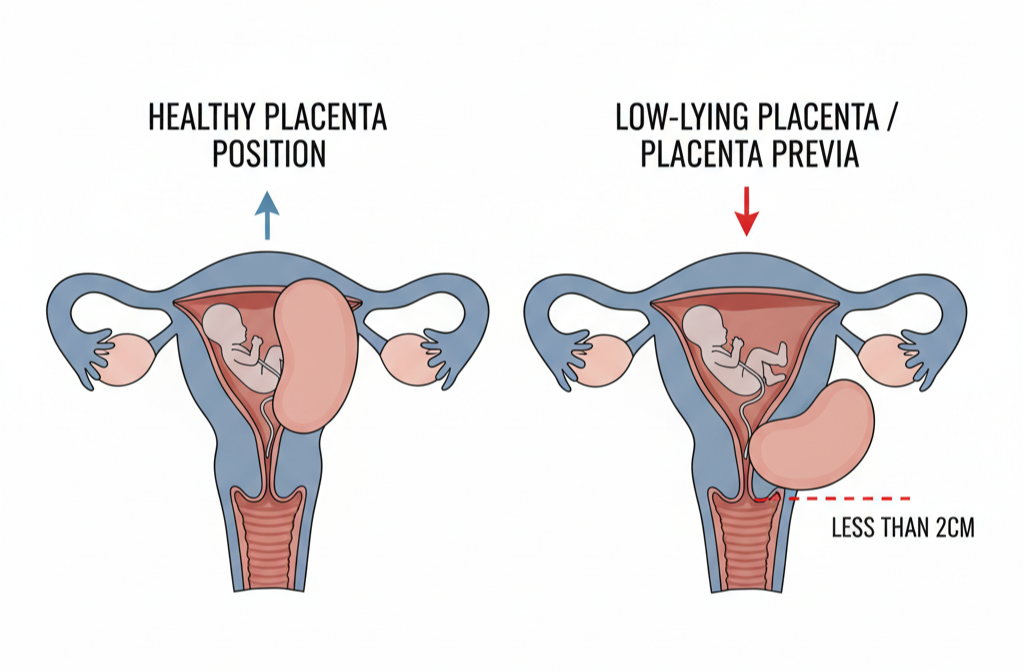During pregnancy, there’s a lot of focus on how the baby is growing, but the placenta is just as important. It’s the organ that connects your baby to you, and in most pregnancies, it attaches itself without causing any concern.
Sometimes, though, it attaches lower than expected. When that happens, doctors may use the terms low-lying placenta or placenta previa. Both terms can sound a little worrying at first, but in many pregnancies, they simply mean some extra monitoring along the way.
The Placenta and Its Role in Pregnancy
First, let’s take a step back and revisit what the placenta actually is.
The placenta is a temporary organ that develops only during pregnancy. It attaches to the wall of your womb and acts as your baby’s lifeline, providing oxygen, nutrients and antibodies while removing waste through the umbilical cord. It’s both a support system and a safe environment until birth.
In most pregnancies, the placenta attaches high on the top or sides of the womb and is delivered shortly after your baby. Sometimes, though, depending on where the fertilised egg first embeds, it may form lower down. This doesn’t change its function, but it can affect how your pregnancy is managed, which is why ultrasound scans are also used to check its position as well as your baby’s growth.
Placenta Previa and Low-lying Placenta
When doctors refer to a low placenta, they are describing how close it is to the cervix, the opening of the womb.
A low-lying placenta means the edge of the placenta is sitting a little too close to the cervix - less than 2 cm away.
Placenta previa is when the placenta actually covers the cervix, either partially or completely, which can block the baby’s way out during birth.
You wouldn’t usually feel this yourself. There’s no pain linked to the placenta being low, so most people only find out during the routine scan at 18 - 21 weeks. The reassuring part is that in many pregnancies, the placenta doesn’t stay low. As your womb grows, it often pulls the placenta higher, away from the cervix.
That’s why doctors often arrange extra scans later in pregnancy - to check if the placenta has moved into a safer position or to plan if special care will be needed for the birth.
How Common Is It?
A low placenta at the 20-week scan is fairly common. In about 9 out of 10 pregnancies, it’s no longer an issue later on. By the final weeks, only around 1 in 200 people still have a low placenta or placenta previa. The chance of it staying low is a bit higher if the expectant mother had previously had a caesarean birth.
Potential Causes and Risk Factors
A low placenta can happen to anyone. It usually comes down to where the fertilised egg first attaches inside the womb. If it embeds lower down, the placenta will grow there, and sometimes that means it ends up close to or covering the cervix. There isn’t a way to control or prevent this - it’s simply how the pregnancy develops.
However, doctors have noticed some situations where a low placenta is seen more often:
Previous caesarean birth - scar tissue can make it harder for the placenta to attach higher up.
Fertility treatment such as IVF.
Past miscarriages or terminations may affect the womb lining.
Smoking or cocaine use both impact blood flow and pregnancy health.
Being 40 years or older, where low placentas are more commonly seen.
These are risk factors, not guarantees. Many people with none of them still have a low placenta, while others with several don’t. Beyond avoiding smoking and drug use, there isn’t a way to control where the placenta develops - what matters most is monitoring and good care throughout pregnancy.
Signs, Scans and Diagnosis
Most people won’t notice anything unusual and only find out about a low placenta at their routine scan. For others, the first sign is painless, bright red bleeding later in pregnancy, sometimes after sex. If your baby is breech or lying sideways, this can also indicate a low position.
If the placenta is low at the mid-pregnancy scan, you’ll usually be offered another scan around 32 weeks and sometimes again at 36 weeks. A transvaginal scan may be suggested too, since it gives a clearer picture of how close the placenta is to the cervix, and it’s safe for you and your baby.
Any bleeding during pregnancy should always be checked, even if it seems minor. Calling your maternity unit or doctor immediately is the safest step.
What to Expect if Your Placenta Stays Low
Having a low placenta often means taking a few extra precautions. Your doctor may suggest avoiding heavy lifting or penetrative sex, especially if you’ve had bleeding. It’s also advisable to keep a hospital bag ready earlier than usual and to check with your doctor before traveling or flying later in pregnancy.
Maintaining your iron levels steady with a healthy diet or supplements can also help, since anaemia can make bleeding harder to manage.
Extra Care and Birth Planning
If the placenta stays low, you may be offered steroid injections between 34 - 36 weeks to help your baby’s lungs prepare for an early birth, or medication to pause contractions if the labour starts too soon. In some cases - particularly after a previous caesarean - you may also be referred to a specialist clinic to rule out placenta accreta spectrum, a rare condition where the placenta attaches too deeply.
When it comes to birth, a caesarean is the safest choice if the placenta covers the cervix or lies very close. If it’s more than 2 cm away, a vaginal birth may still be possible if there are no other concerns. Your healthcare team will guide you based on the scan results and what’s safest for both you and your baby.
Safe Births with a Low Placenta
Hearing that your placenta is sitting low can feel scary at first, but it doesn’t mean you won’t have a safe pregnancy and birth. In many cases, the placenta moves higher as the pregnancy progresses, and even if it remains low, doctors are aware of how to manage it.
What matters is that you and your baby are being closely observed, and there are safe ways forward, regardless of the outcome. A low placenta may change the path a little, but it doesn’t change the immeasurable joy of finally meeting your baby.




